
Invertebrates Inject a Bit of Romance During Sex – By Stabbing Each Other (Op-Ed)
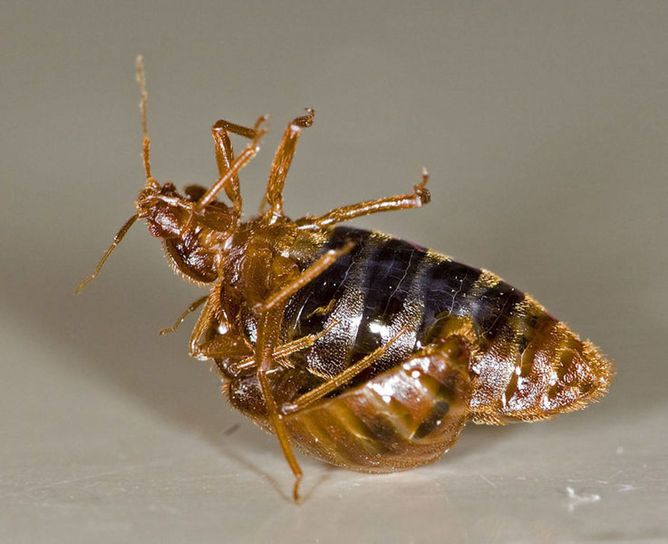
This article was originally published at The Conversation. The publication contributed the article to Live Science's Expert Voices: Op-Ed & Insights.
It is fair to say we belong to a species obsessed by sex. We are among the only species to have sex for fun, not just for reproduction. For some other species, though, sex is far from fun. In fact, as two recent review papers show, it is a war zone, involving penis fencing and love darts.
In 1897, the Italian zoologist Constantino Ribaga discovered a strange organ in female bedbugs, halfway up the abdomen. He suggested they used it to produce sound, like cicadas. But something wasn’t right: in the bundle of cells underneath this organ he found large quantities of sperm.
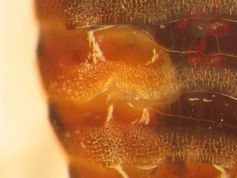
How did they get there? At the time, puzzled scientists concluded males must flood females with sperm, and the female digested the excess – as a “nuptial gift” – using this organ. But this theory was tenuous at best.
It wasn’t until 1913 that males were observed stabbing females through this organ with a horrifying syringe-like penis, then copulating with the wound. Sperm swim directly to the ovaries through the body cavity. This has been termed “traumatic insemination”.
In the first of the two papers, appearing in Biological Reviews, Rolanda Lange and colleagues at Tuebingen in Germany and Sheffield in the UK show that similar behaviour occurs across invertebrates.
In snails, which are hermaphrodites, amorous advances involve “traumatic secretion transfer”, blasting potential mates at close range with “love darts” covered in psychoactive mucus. Understandably, neither party is keen to play the female role, involving being shot. In sea slugs this results in “penis fencing” – each attempting to penis-stab the other. An inflicted wound inoculates the recipient with sperm.
Sign up for the Live Science daily newsletter now
Get the world’s most fascinating discoveries delivered straight to your inbox.
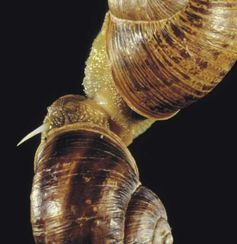
Why would a male want to impale the mother of his future children? In a paper in Annual Review of Entomology, Nik Tatarnic and colleagues from Sydney in Australia and Sheffield in the UK focus on arthropods. They explain that stabbing is, in evolutionary terms, a game-changing tactic for males.
To sire offspring obviously requires mating, but this is only a prelude. Much more crucial is fertilisation, and females understandably want to control when, where and by whom their eggs are fertilised.
In many cases females are highly successful at this – by, for example, using their reproductive tract as a powerful tool to screen out all but preferred males. Females often simply eject unattractive males’ sperm, or filter it out chemically, and sometimes can close their tract entirely. Female control is especially widespread in insects, where females store sperm in a sac – sometimes for years, opening it to fertilise eggs at their leisure.
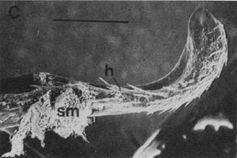
On the other hand, each male mating with a female would prefer his own sperm to fertilise the offspring. To achieve this, he must both overcome the female’s defences and beat her other mates – two neverending “arms races”.
Males can beat rivals to the first step – that is, mating – by impressing females through courtship. This may also win favour at the fertilisation phase. But males are more sneaky than that, with outlandish adaptations to ensure their sperm win the race, like plugging females up, or scooping out rival sperm. Our own human organ may indeed have a dual function as a “sperm scoop”.
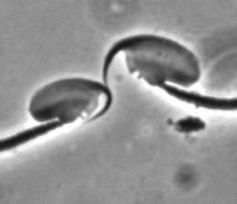
Another solution is to try and directly overcome challenges posed by the females' reproductive tract. Fruit fly males spike their sperm, drugging females into releasing more eggs, even though this shortens females' lives. Wood mice females produce mucus that only strong-swimming sperm can cross. Ever resourceful, males’ sperm team up into long “snakes” that, together, altruistically push one lucky sperm through the mucus to success.
Stabbing for the win
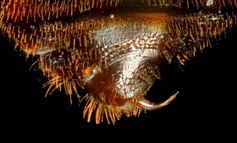
Penis-stabbing, though, shifts the goalposts entirely. By injecting sperm directly into females' body fluid, male bedbugs bypass the female’s adaptations to control access to her eggs. The female is injured in the process, reducing her number of offspring. But in the cold language of statistics, this may be worth it for the male – a healthy female is no good if she doesn’t bear his offspring. Males can both prevent females from excluding their sperm and also from preferring other males.
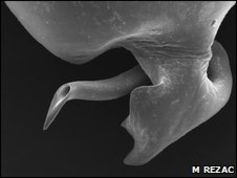
This has been such a successful strategy for males that it has evolved repeatedly across the animal kingdom. Male Myzostoma worms secrete corrosive enzymes from their penis, dissolving a hole in the female’s skin into which they ejaculate. Male giant squid inject sperm packets into females' arms – although occasionally they end up inseminating themselves, literally shooting themselves in the foot. In Harpactea sadistica spiders, the male bites the female, then stabs her with needle-like genitals, ejaculating into the wound.
In some groups, like “bat bugs”, males spear females at random. In many others, though, females have evolved damage-limiting adaptations such as the bedbug “spermalege” (the organ discovered by Ribaga), offering an easy entry point to discourage indiscriminate stabbing. Some species have entire “paragenital systems” guiding sperm to their ovaries, while the regular reproductive apparatus shrivels from disuse.
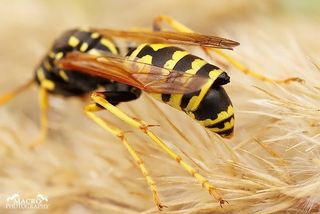
Males will often jump on and penis-stab anything that comes their way, even females of other species, often killing them in the process – a phenomenon that has driven some species to evolve apart. Male bedbugs regularly jump other males by mistake – which is such a problem that males in one species have evolved their own damage-control spermaleges.
In an arms race, though, neither side can win – each can only gain a temporary advantage – and, as expected, females are fighting back. Astonishingly, some female bedbugs have evolved modified spermaleges that mimic those of males, to reduce harassment. Others have evolved ways of digesting the injected sperm and using it to repair their wounds, minimising the damage.
The course of true love never did run smooth. For males and females locked in an arms race, though, it could be said to run in circles – vicious ones at that. And all to inject a little bit of romance.
James Gilbert receives funding from the European Commission’s Seventh Framework Programme.
This article was originally published on The Conversation. Read the original article. The views expressed are those of the author and do not necessarily reflect the views of the publisher. This version of the article was originally published on Live Science.












